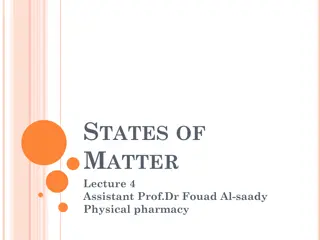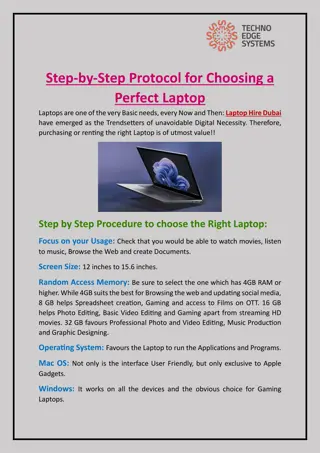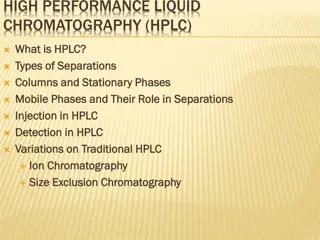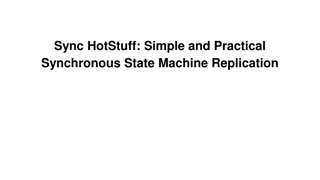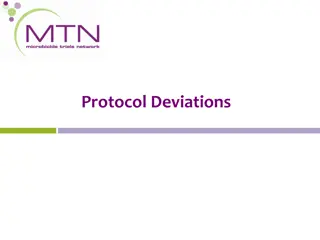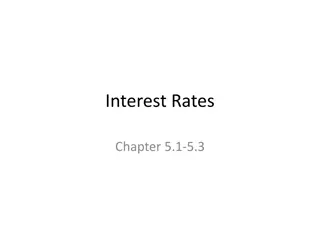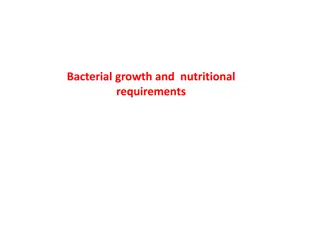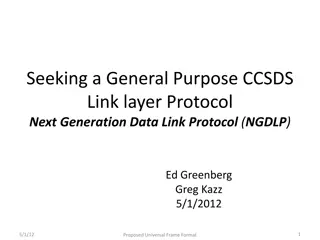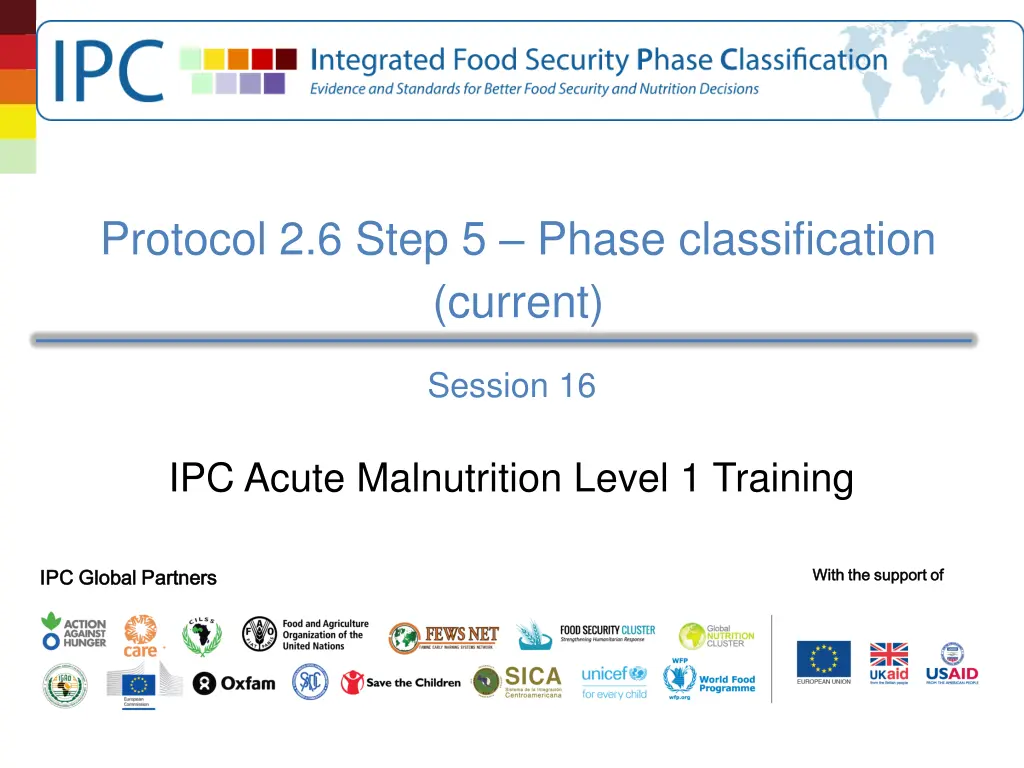
Steps for Effective Phase Classification in IPC Training
Explore the detailed steps involved in phase classification for IPC Acute Malnutrition Level 1 training, including context analysis, evidence assessment, key drivers identification, and risk factors monitoring. Learn about the tools and procedures needed, evidence reliability considerations, and IPC AMN phase specifications to classify severity accurately.
Download Presentation

Please find below an Image/Link to download the presentation.
The content on the website is provided AS IS for your information and personal use only. It may not be sold, licensed, or shared on other websites without obtaining consent from the author. If you encounter any issues during the download, it is possible that the publisher has removed the file from their server.
You are allowed to download the files provided on this website for personal or commercial use, subject to the condition that they are used lawfully. All files are the property of their respective owners.
The content on the website is provided AS IS for your information and personal use only. It may not be sold, licensed, or shared on other websites without obtaining consent from the author.
E N D
Presentation Transcript
Protocol 2.6 Step 5 Phase classification (current) Session 16 IPC Acute Malnutrition Level 1 Training IPC Global Partners IPC Global Partners With the support of With the support of
11 Steps to Classify Severity & Identify Drivers Step 1: Context and analysis parameters Step 2: References for evidence Step 3: Analysis of outcomes (current classification) Step 4: Analysis of evidence on contributing factors and other issues (current classification) Step 5: Phase classification (current) Step 6: Key drivers Step 7 Limitations of analysis Step 8 Priority response objectives Step 9 Analysis of evidence on contributing factors and other issues (projection classification) Step 10 Analysis of outcomes (projection classification) Step 11 Risk factors to monitor
The tools and procedures for Step 5 (2/4) Review all available information on outcome indicators included in Step 3 above Provide a final Phase classification for the area of analysis Provide Evidence Level used in the classification 4
The tools and procedures for Step 5 (3/4) A. Evidence Used for Classification: Indicate whether GAM based on WHZ or MUAC is used B. Evidence Reliability : Specify the evidence reliability: Reliable or Somewhat Reliable C. Indicate if the Acute Malnutrition is worse, better, or similar to historical data: Use data from the same season to compare 5
The tools and procedures for Step 5 (4/4) D. IPC AMN Phase for the Area of Analysis: Specify the IPC AMN Phase (1-5) E. Evidence Level Specify what level of evidence is used: Acceptable=*, Medium=**, or High=***): Provide justification of the Phase classification, especially if it is determined by GAM based on MUAC 6
Evidence Level current analysis Criteria for Assessment of Evidence Levels current * Acceptable (EL1) ** *** Medium (EL2) High (EL3) 1) R1- GAM based on WHZ or R1+ GAM based on WHZ from similar areas + 1) R1+ GAM based on WHZ from same area of analysis or R1+ GAM based on MUAC + 2) Two pieces of evidence on contributing factors R2 GAM based on WHZ 2) Two pieces of evidence on contributing factors 7
Practical exercise Exercise 16.1 Task: In your analysis group: 1. Review the data in the folder practical exercises 2. Fill out the Analysis Worksheet Steps 5 for your unit of analysis 3. Discuss any observations and challenges in plenary 8
www.IPCinfo.org The End IPC Global Partners IPC Global Partners With the support of With the support of





